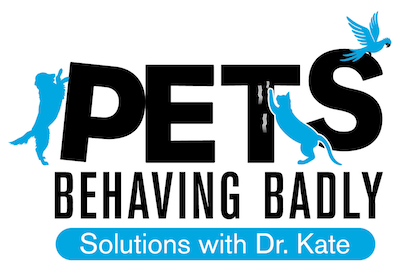The role of whiskers:
Whiskers are modified hairs which are deeply rooted and rich in blood vessels and nerve endings. They are used by mammals to supplement their short-distance vision, providing information on the distance, size, shape and texture of surrounding objects as well as air pressure. Cats typically have between eight and 12 whiskers on each side of their face and additional tufts of whiskers above their eyes and on their chin.What is Whisker Stress?
Whisker stress is caused when a cat's sensitive whiskers continually touch the sides of it's food bowl while eating. Many cats are affected by whisker stress on a daily basis, especially those fed from a deep food bowl. This causes the whiskers to hit the sides of the bowl every time the cat eats a mouthful of food (see image below).Whiskers contain proprioceptors; sensory receptors which detect the slightest change in pressure. When whiskers constantly make contact with the side of the food bowl (or cat flap etc) it can cause significant irritation. The result is a cat that can appear picky or finicky with food - Ever seen a cat flick it's food out of the bowl? The reality, however, is that eating from the deep bowl is very uncomfortable.
Wild living felines have choice in terms of where they consume their food (e.g. on the ground, high up in a tree, in hiding etc). Most pet cats are fed from their food bowl, so they cannot eat in a way that is most comfortable for them.
 |
| Notice how this cat's whiskers hit the sides of the bowl while its eating |
How to prevent whisker stress:
There are a number of things you can do to help prevent your cat experiencing whisker stress.- Choose a wide food dish with shallow walls or, even better, ditch the food bowl and provide meals in a food dispensing puzzle toy or activity feeder. No wild living feline (or other animal) gets high quality food for free, served up in a bowl, without having to work for it. Making cats work for their food is an excellent form of environmental enrichment and provides additional physical activity and opportunities for problem solving which is especially important for indoor-only cats. Research supports this idea, showing that animals prefer to work for their food; a phenomenon known as "contra-freeloading".
- Consider providing fresh water via a cat fountain instead of a bowl or provide a wide and shallow water bowl.
- Ensure any cat flaps or access holes are wide enough to avoid touching your cat's whiskers as some cats may avoid using them if they cause irritation to their whiskers.
- Avoid touching or playing with your cat's whiskers.
Finally, NEVER cut or trim your cat's whiskers. Cutting the whiskers can cause them to become disorientated, scared and stressed.
We'd love to hear about any changes you notice in your cat's behaviour after implementing some of these ideas!
Dr Kate xo


